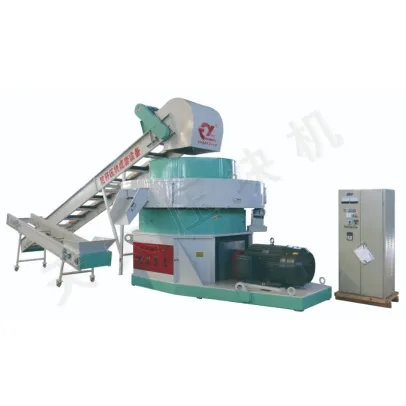Why Is My Briquetting Machine Consuming So Much Energy?
Understanding High Energy Consumption in Briquetting Machines
Briquetting machines play a crucial role in converting waste materials into high-density fuel briquettes, but sometimes users notice unexpectedly high energy usage. Understanding the causes of increased energy consumption is essential to reduce operating costs and improve machine efficiency.
Common Reasons for High Energy Usage
Inadequate Material Preparation
Material preparation is vital to the briquetting process. If raw materials are not correctly prepared—such as being too large or uneven in moisture content—the machine uses more energy to compact them. Many machines require materials to be crushed, shredded, or dried before entering the briquetting chamber. For example, materials with excess moisture can increase resistance during compaction, causing the machine to consume more power to achieve the same output.
Machine Maintenance Issues
Neglecting routine maintenance tasks can also lead to high energy consumption. When components like hydraulic systems, pressing cylinders, or motors experience wear and tear, the machine may need to work harder, consuming more energy. Regular maintenance, including lubrication and parts inspection, ensures optimal machine performance and can prevent unnecessary power usage.
Incorrect Machine Settings
Briquetting machines often come with adjustable settings to handle various materials. If settings such as compression force, speed, or temperature are not optimized for the specific material, the machine may use extra energy. Adjusting these settings according to material properties can significantly improve energy efficiency and reduce operational costs.

transfer Agricultural Tractor manufacturer
What Benefits Does a Crawler Tractor Offer Your Projects?
Optimizing Energy Efficiency in Briquetting Machines
Choose the Right Machine for Your Material
How to Choose the Right High Clearance Tractor?
Unlocking Value: Understanding Articulated Slope Tractor Costs for Your Budget Needs
Top 5 Mountain Tractors: Best Picks for Rugged Terrain
What to Know Before Buying a Modular Small Tractor for Sale
Each Briquette Machine model is typically designed to handle specific materials. Selecting the right machine for your material type (e.g., wood, metal, biomass) ensures better energy efficiency. Machines that are compatible with the material reduce the effort needed to compress and compact, leading to lower energy consumption.
Implementing Peripheral Equipment
Supporting equipment like chip conveyors, silos, or hoppers can help optimize the briquetting process, allowing a consistent flow of materials into the machine and reducing power surges. Peripheral devices streamline material feeding, minimizing stops and starts that can increase energy use.
Utilize Cooling and Moisture Control Techniques
Materials with high moisture levels or excess heat during processing increase energy demands. Using drying systems to reduce material moisture or cooling systems to manage machine temperature can optimize energy efficiency. These additions help create a stable environment for the machine, avoiding energy spikes due to environmental or material inconsistencies.
Conclusion: Reducing Energy Consumption for Cost-Effective Operations
High energy consumption in quality briquetting machines can often be traced back to material preparation, machine maintenance, and system settings. Addressing these factors by maintaining the machine, optimizing settings, and using the right equipment for specific materials helps reduce energy usage and lower operational costs. For briquetting operations seeking long-term efficiency, these improvements can translate into significant savings over time.
Previous
None
Next
None
If you are interested in sending in a Guest Blogger Submission,welcome to write for us!

Comments
0